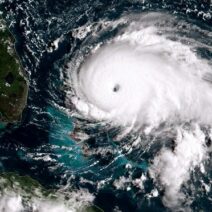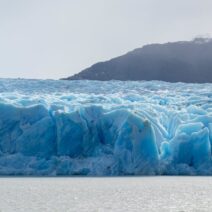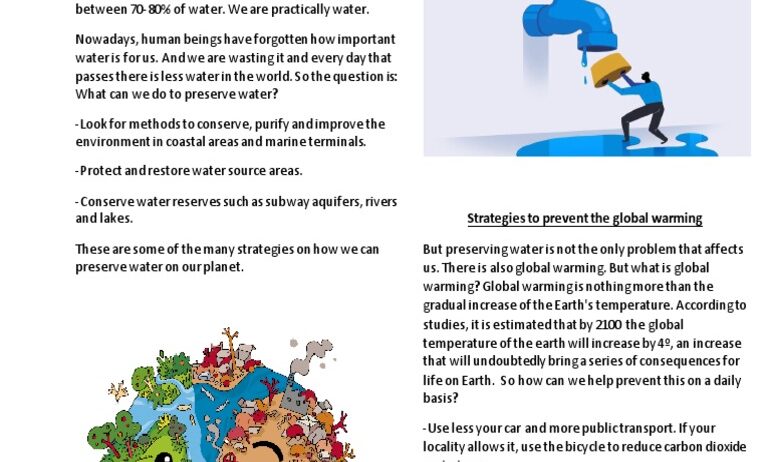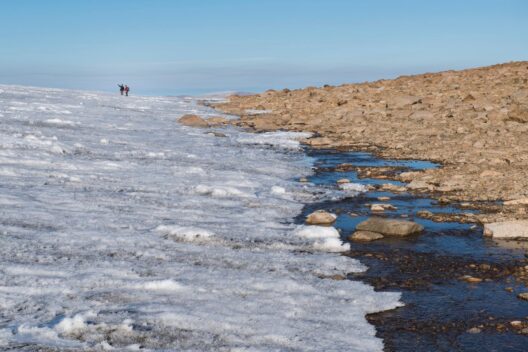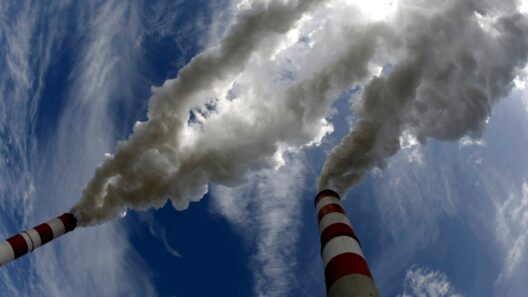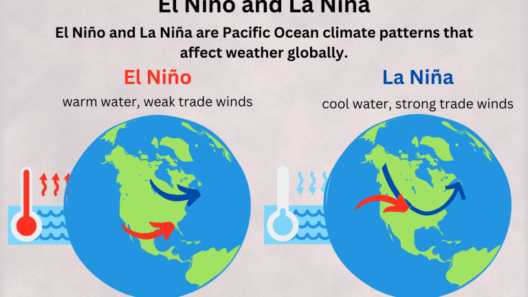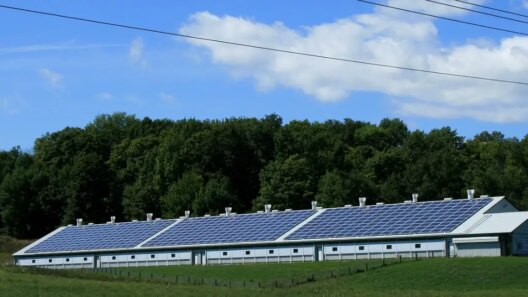Water, the elixir of life, is not merely a commodity; it is a vital resource upon which all terrestrial ecosystems depend. The looming specter of global warming threatens to destabilize this precious resource, making it imperative for us to adopt strategies that not only preserve water but also mitigate the effects of climate change. As we navigate through the complexities of environmental conservation, we find ourselves at an intersection where water preservation and climate action converge, forming a holistic approach essential for the sustenance of our planet.
Every drop of water embodies the intricate dance of nature—a delicate balance that sustains all living organisms. However, rising temperatures and erratic precipitation patterns induced by climate change exacerbate water scarcity. To comprehend this connection, consider water as the bloodstream of our planet, nourishing the flora and fauna that dwell upon it. Loss of this critical resource leads to ecological degradation, exacerbating the consequences of global warming. Thus, the immediacy of our plight becomes evident; we must adopt comprehensive strategies to conserve water and introduce measures that curtail our carbon footprint.
One of the most effective methods to preserve water is adopting sustainable agricultural practices. Agriculture consumes approximately 70% of the world’s freshwater resources. With burgeoning populations and escalating food demand, the prospect of sustainability seems daunting. However, techniques such as drip irrigation and rainwater harvesting hold unprecedented potential. Drip irrigation delivers water directly to the roots of plants, minimizing evaporation and runoff. This precision agriculture represents an agricultural renaissance, reaping abundant yields while consuming far less water. Rainwater harvesting, on the other hand, capitalizes on nature’s benevolence, capturing and storing rainwater for irrigation and domestic use. By embracing these practices, we not only conserve water but also lessen the agricultural sector’s carbon emissions, creating a symbiotic relationship between water preservation and climate action.
Furthermore, urban areas are colossal consumers of water, accounting for a staggering proportion of global usage. Thus, the transition toward water-efficient urban planning is indispensable. Green infrastructure, including permeable pavements and green roofs, facilitates the absorption of rainwater, reducing runoff and recharging groundwater supplies. These urban oases do more than just conserve water; they act as carbon sinks, sequestering greenhouse gases and mitigating the urban heat island effect. Envision a city where buildings breathe life into the environment, filtering the air and preserving the water cycle—a testament to human ingenuity and ecological harmony.
It is equally crucial to recognize the governance role in water conservation and climate change mitigation. Policymaking must incorporate stringent regulations on water usage, with a focus on incentivizing conservation practices across various sectors. Establishing water quotas and facilitating public awareness campaigns can galvanize communities towards proactive engagement in water conservation endeavors. Encourage innovative technologies such as smart meters and leak detection systems, which empower consumers to monitor their usage and reduce wastage. By fostering a culture of responsibility, we can collectively weave a tapestry of conservation that transcends individual efforts into a societal mandate.
Education also plays a pivotal role in safeguarding our water resources. Schools, communities, and organizations must champion the cause of water literacy, ensuring citizens are aware of the significance of water in climate mitigation. Workshops and outreach programs can instill an understanding of sustainable practices from a young age, nurturing environmentally conscious citizens who view water as a shared legacy. When awareness breeds action, the power of collective efforts can amplify our impact on preserving water and combating climate change.
Additionally, fostering biodiversity through the conservation of wetlands, forests, and other natural ecosystems not only preserves water supply but also acts as a bulwark against climate change. Wetlands serve as natural sponges, filtering pollutants and restoring groundwater levels while providing habitat for myriad species. Forests, the lungs of our planet, play a crucial role in the hydrological cycle and carbon sequestration. By protecting these vital ecosystems, we are not merely saving water; we are nurturing the intricate web of life that sustains our environment. The majesty of nature unfolds as we recognize our interconnectedness with the ecosystems that cradle our existence.
Reducing our carbon footprint is another linchpin in the dual mission of water preservation and climate action. Transitioning to renewable energy sources such as solar, wind, and hydroelectric power diminishes reliance on fossil fuels, thereby reducing greenhouse gas emissions that contribute to global warming. The integration of energy-efficient technologies in our daily lives—from appliances to transportation—can lead to a significant decrease in water consumption associated with energy production. Each kilowatt saved translates to droplets conserved, reinforcing the synergy between energy efficiency and water preservation.
Moreover, individual actions can make an impactful difference. Simple lifestyle changes such as fixing leaks, minimizing water use during daily routines, and opting for drought-resistant landscaping can lead to sustainable living. Every conscious choice shapes the future—creating ripples that culminate in substantial changes. Like the steady flow of a river carving through the landscape, our collective efforts can reshape the environment and lead to a flourishing ecosystem.
In conclusion, the dual challenge of preserving water and combating global warming might appear Herculean; however, through a confluence of sustainable practices, astute governance, education, and individual responsibility, we can forge a path forward. As stewards of this Earth, it is our prerogative to safeguard water—nature’s lifeblood—and preserve our planet for future generations. The time to act is now, for within the currents of change lies the potential to create a sustainable future where both water and climate coexist in harmony—a living testament to our commitment to preserving the Earth’s invaluable resources.
